As we continue to search for reasons Ocala is a great place to call our home, we discover a treasure, Paynes Prairie Preserve. This state park may be the most intriguing and ecologically unique habitat in the State of Florida. Who knew that buffalo are native to our state?
A brief history of Paynes Prairie:
Paynes Prairie is a large fresh water marsh located between Micanopy and Gainesville in Alachua County, Florida. Located less than a half hour’s ride from Ocala, it is another natural wonder which offers a great reason to call Ocala home. Spanish conquistadors discovered the prairie in the 1600s. At the time, wild bison and other beasts more commonly identified with Florida inhabited the area. American alligators are perhaps the most famous.
The Spaniards opened a cattle ranch on the prairie in the early part of that century. However they faced frequent attacks by local Indian tribes and buccaneers. Rancho La Chua, as it was called, spanned over 87 square miles and operated successfully for many years. But the constant fear of attack made life here difficult and the defense of the ranch expensive. Therefore, the founders of this enterprise abandoned it in the early 1700s. A few decades later, the Alachua Band Of Seminoles Indians relocated here, leaving their native grounds behind.
The ecology of Paynes Prairie:
The area is part of the southeastern conifer forest ecosystem. It also features almost three hundred species of birds and a variety of reptiles and smaller mammals. However, larger mammals, including bison, wild horses and wild cattle, had disappeared by the advent of the twentieth century. The dominant feature of this prairie is the Paynes Prairie Basin. This marshy area was formed by the natural unification of a network of sinkholes.
In the early 1920s, an enterprise known as Camp Ranch, Inc. assumed ownership of the prairie. The company built a network of dikes designed to drain and change this wetland habitat into one suitable for ranching. In 1970 the State of Florida acquired the prairie from Camp Ranch. Four years later, the state designated it a natural landmark. The Florida Parks Service assumed control of this State Park 1975. It then began restoring the natural ecosystem and reintroducing native species.
The return of the American buffalo:
The Florida Forest Service imported Buffalo from Oklahoma and allowed them to roam Paynes Prairie once again. Additionally, they opened the dyke system to allow waters to flow more naturally into the marshy areas. However, this proved impractical owing to the flooding caused by Florida’s rainy season and occasional hurricanes. Therefore, they instituted a water flow control plan to protect the park during periods of heavy rains. Additionally, in the early 1980s they reintroduced Florida cracker horses and Florida cracker cattle to the prairie they once inhabited.
Fifty years after acquiring the prairie, Florida continues to explore plans for restoring this amazing habitat. Currently Highway I-75 and State Road 441 traverse the prairie at ground level. However, in doing so, they negatively impact the ecology of this amazing wildlife preserve. Therefore, plans are in the works to replace these roads with raised roadways on bridges. Of course, the planning doesn’t stop there. Florida is also exploring other ways to protect historic sites and restore and protect the natural ecology here.
Ways to enjoy this ecological wonder:
The preserve’s visitors’ center offers an audio visual presentation educating guests at to the history and ecology of the area. Of course, there are many ways to traverse the prairie and commune with nature more directly as well. Eight trails offer a safe way to enjoy hiking, horseback riding or cycling. On weekends during the dry season, forest rangers offer educational tours. Additionally, there is a fifty foot tower offering a panoramic view of the prairie. Also, a pier extending deep into the marsh serves as an ideal viewing platform.
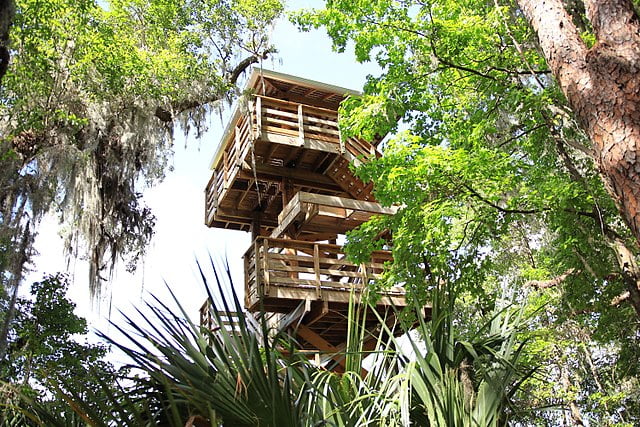
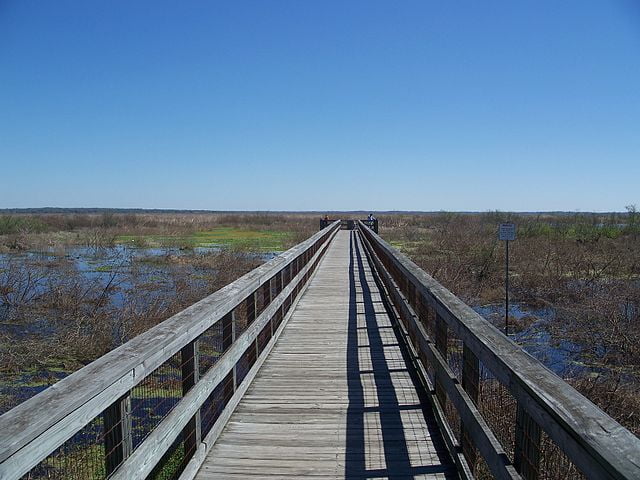
In the Sweetwater Wetlands project, the Forest Service has built a series of berms from which to view the marshes.
But that is not all. Lake Wauburg provides boat ramps that serve canoes, motorized craft and other boats. Also note that Florida permits fishing here and the lake offers some of the best fresh water fishing in the state. Of course, some guests prefer to extend their stay overnight. To cater to their needs, the park offers camp grounds with full facilities as well.
We have lived in the Ocala area for some time and have driven through Paynes Prairie Preserve State Park often. Yet we blindly paid no special attention to the marshlands on either side of the road. Now we have discover what may be the most amazing natural habitat in the State of Florida, a habitat which forms an integral part of the Great Florida Birding Trail. This is clearly another natural wonder that draws many to our area and entices them to stay permanently and call Ocala home.
Here is some additional interesting reading about the Paynes Prairie Preserve state park:
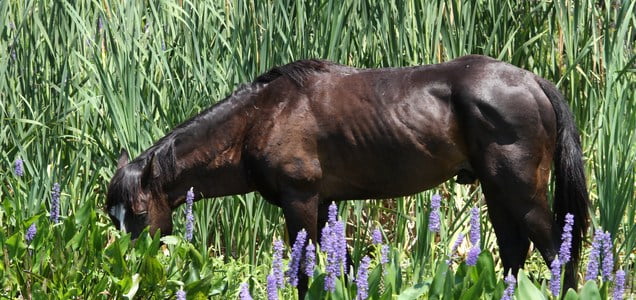
Sweetwater Wetlands Park In Paynes Prairie Preserve
Sweetwater Wetlands Park is not only a place to connect with nature, it’s a way to protect our environment. The park, which consists of more than 125 acres of wetlands and ponds, was created to improve the water quality of wetlands in Paynes Prairie and the Floridan Aquifer. Read the article on sweetwaterwetlands.org.
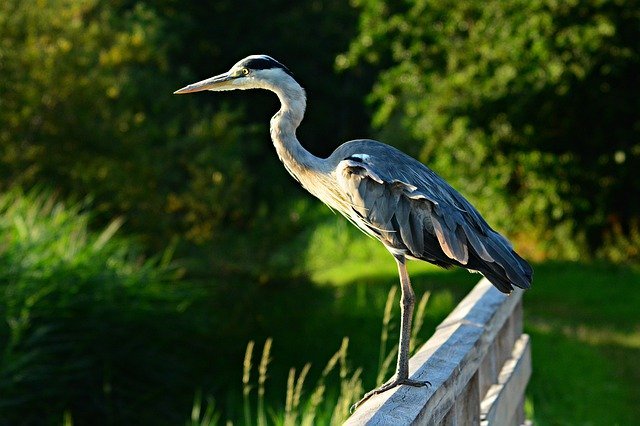
La Chua Trail
An incredible hike into the heart of Florida’s Paynes Prairie: Experience abundant wildlife and a bird watcher’s paradise! Read the article on rootsrated.com.
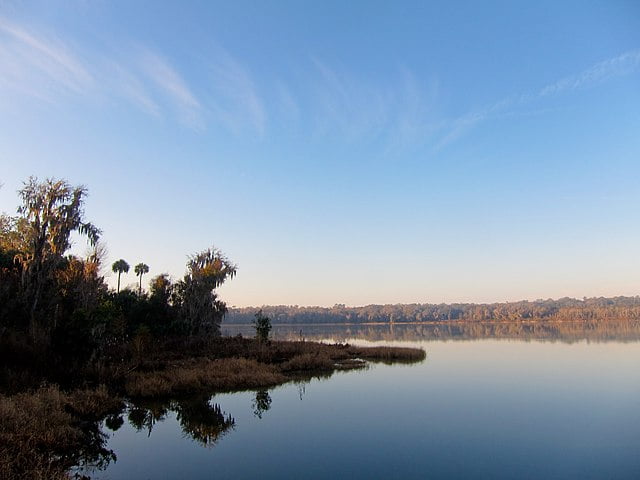
Lake Wauburg
Boating is available at North Shore of Lake Wauburg! Available for rental are one and two person paddle boats, canoes, tandem kayaks and Jon boats. Trolling motors are not included. however, you may bring your own. Hobie cats and wave runners are also available. Lake Wauberg BoatingRead more on the Alachua County website.
Andrew Kruglanski, MBA, ABD, ABR, Certified Home Seller Representative
Broker Associate
The Strata Group brokered by LPT Realty
(352)234-3048
andy.k@ocalahomes.online
